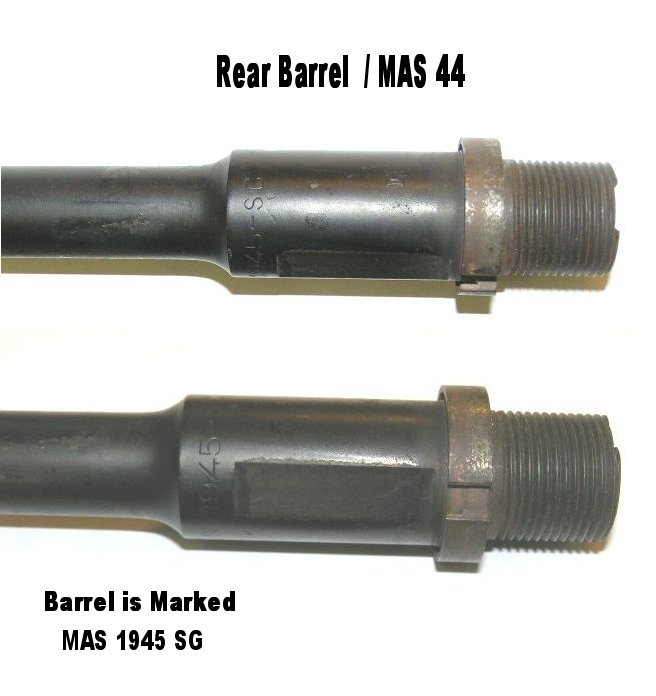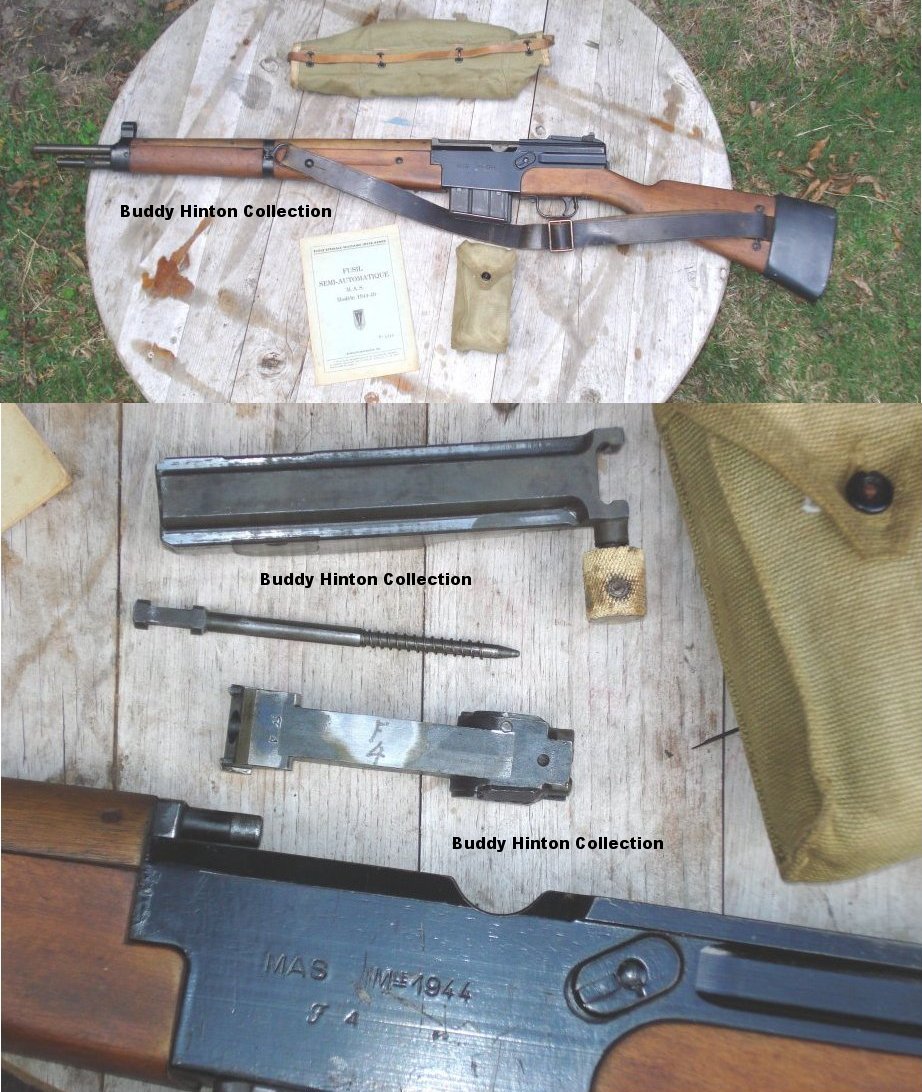I agree 100%, however that did not stop them from threatening to begin mass production.
In a letter to the war production board, part of a three-way correspondence, a gentleman name M. LeFevere informs Donald Nelson, that France, is contemplating local production of "semi-automatic rifles." The letter stated that France would require 110 additional tonnes of metal sequestered for the project, and expected 50,000 weapons to be completed in "very short order."
At the same time Brazil, quoting this letter, also informed the US that it too was seeking to produce 20,000 weapons to cover a "lack of forthcoming rifles of sufficient capability to arm Brazilian units assigned to overseas units." The plan was for ITA to explore "a wide range of options."
Complaints about the issue of bolt-action rifles to French and Brazilian forces both exist, and the promise of division packs always assumed weapon parity with US units, plus France and Brazil had similar intentions of building local weapons manufacturing.
I suspect both of these threats were hollow (the intention was to get Garands and I think the amount of metal desired was pretty high for the results), but that in each case the country may have been able to push forward production of weapons and had them to the front before end of hostilities. Could France have made 50,000 weapons in time to matter? I am not so sure.






